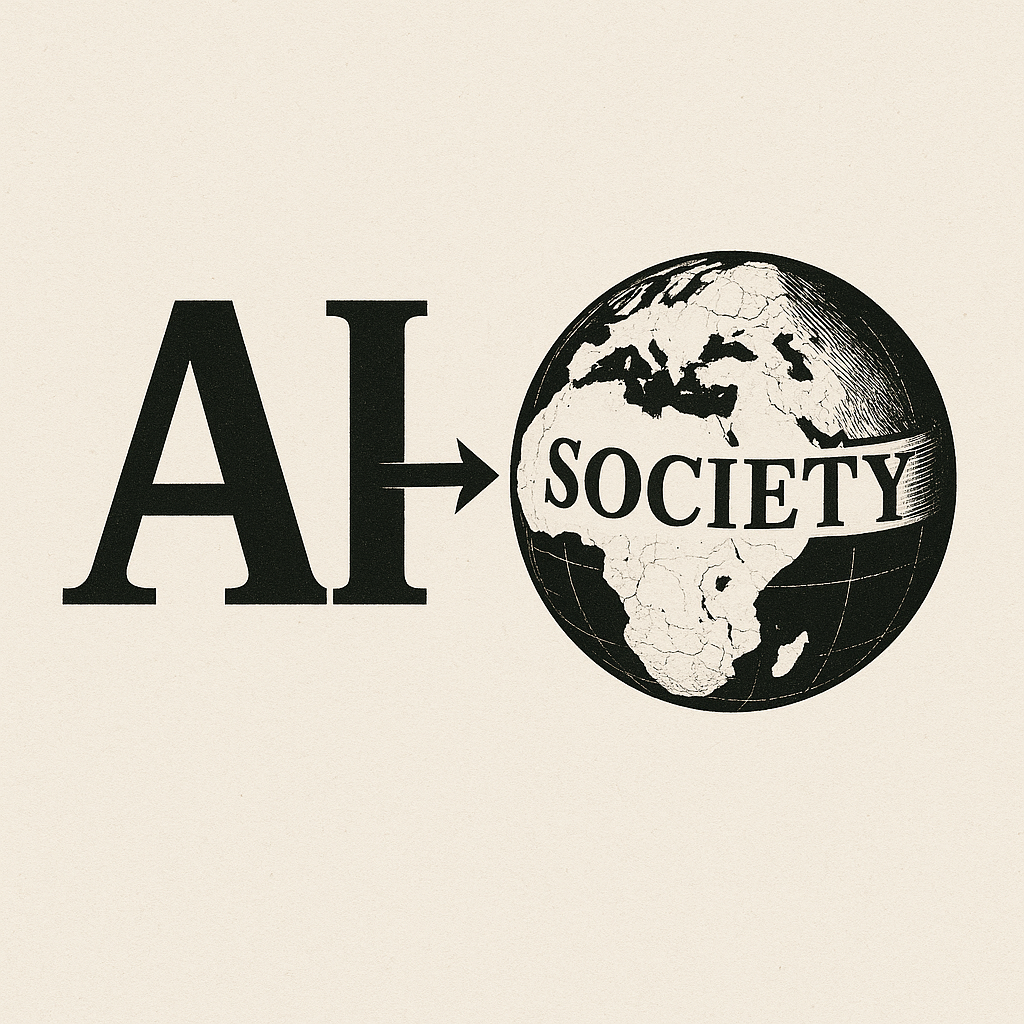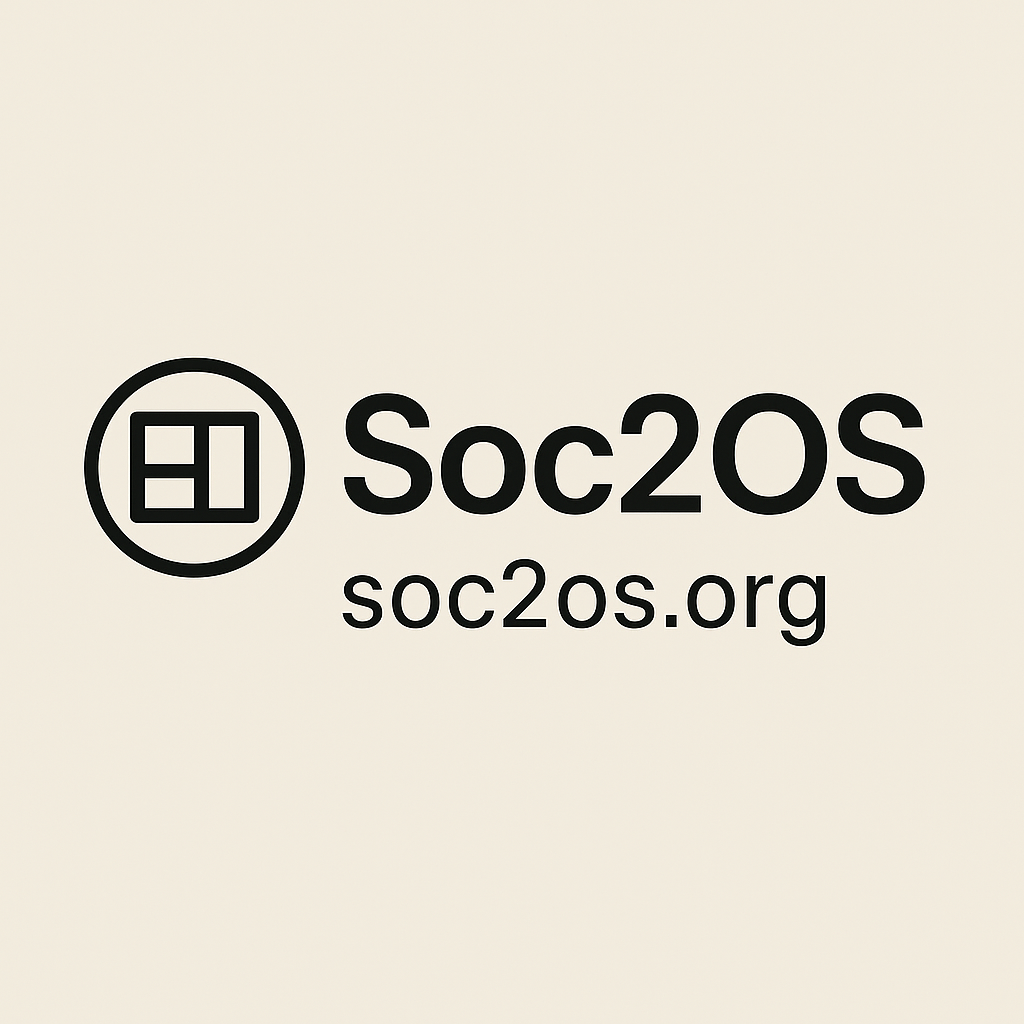
🤖 AI and the Collision Course
AI and the Collision Course: Why Society 1.0 Can’t Survive Automation
The future isn’t arriving slowly. It’s slamming into the present.
At a hospital in Chicago, an AI system scans thousands of chest X-rays in minutes, spotting abnormalities with greater accuracy than the radiologists on staff. Overnight, the role of an entire department shifts: doctors who trained for a decade now find themselves reviewing the machine’s output rather than the original scans. Patients benefit from faster, cheaper results — but for the professionals caught in the transition, it feels as if the ground has vanished beneath their feet.
At a film studio in Los Angeles, a producer watches an AI generate a storyboard — camera angles, dialogue, even music cues — all in the time it takes to pour a cup of coffee. What once required a team of artists, writers, and designers now appears in seconds on her screen. The studio saves money, the schedule accelerates, but for the illustrators and coordinators who built their lives around that work, the profession itself seems to dissolve.
These aren’t isolated moments. They are early signals of a collision — one that will pit exponential advances in AI against institutions built for an industrial world. Employment, education, healthcare financing, governance: each was designed around assumptions about human labor, stable skills, and slow adaptation. Each is now on the verge of breaking under AI’s speed and scale.
Society 1.0 cannot carry us into the AI century. The code is too brittle, too slow, too outdated. What we’re witnessing isn’t disruption at the margins — it’s the unraveling of the operating system itself.
Setting the Stage
Artificial Intelligence is not just another tool. It is an accelerant.
Where Society 1.0’s institutions were designed for slow, incremental change, AI evolves on a timescale measured in months, not decades. Systems built for the industrial world assumed:
- Labor was essential. Human work was the core of productivity.
- Skills were stable. A degree could anchor a career for a lifetime.
- Progress was linear. Institutions could adapt gradually to new technologies.
- Decisions could wait. Laws, budgets, and bureaucracies could take years to form.
Those assumptions no longer hold.
AI absorbs routine tasks, scales knowledge, and generates creative work at near-zero marginal cost. What took humans years to master, machines can now perform in seconds. Society 1.0’s operating system — dependent on steady jobs, credentialed expertise, and slow-moving governance — is colliding head-on with a force that moves faster than its foundations can absorb.
This is not disruption at the edges. It is the destabilization of the very premises on which our current systems rest.
AI is not just speeding up change — it’s compressing centuries of transformation into decades, and decades into years. Consider the 20th century: between 1900 and 2000, humanity experienced the rise of electricity, aviation, space travel, antibiotics, nuclear power, the internet, and globalization — shifts that reshaped every dimension of life. If AI advances at a pace even 10x faster than that century-long arc, we would see the equivalent of all those upheavals unfold in just a decade. In practical terms, that means entire industries reinvented, social structures reconfigured, and cultural norms overturned before a single generation has time to adapt. The familiar rhythm of gradual change — where people and institutions could catch their breath — disappears. Instead, we enter a world where the future keeps arriving long before the present has stabilized.
Previous: The Cracks in Society 1.0

Leave a Reply